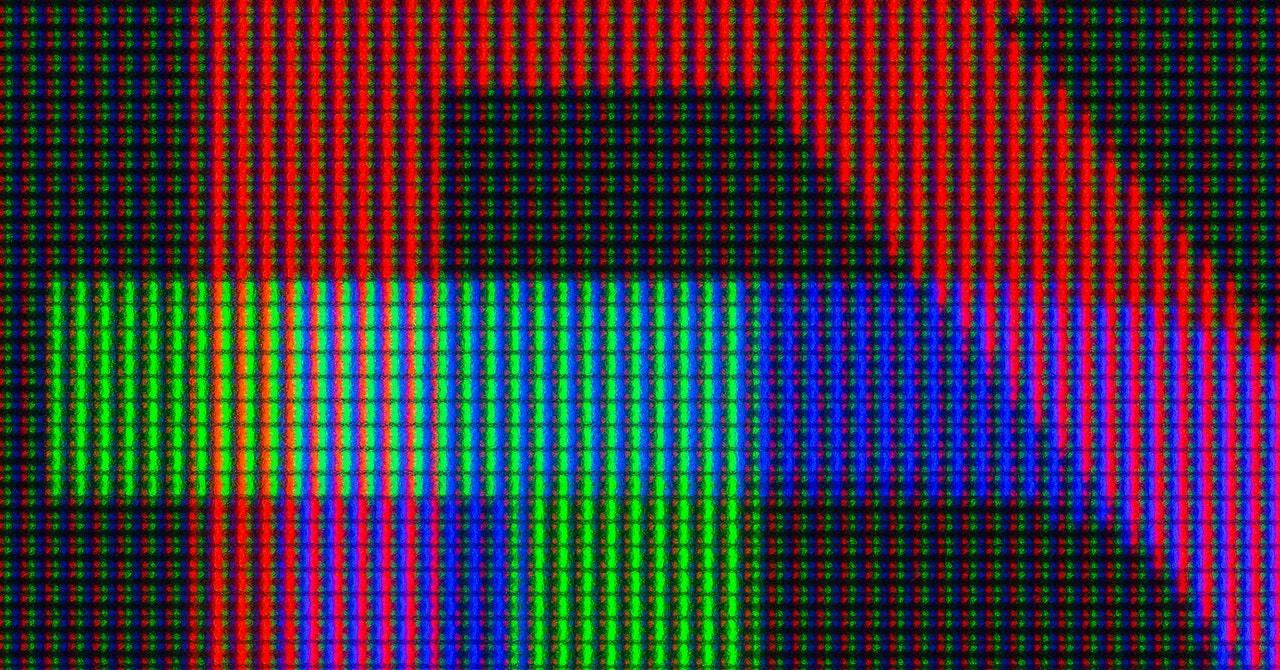Back in the 1950s, when color TV was invented, everything was simple. TVs were either color or black-and-white, and you could tell at a glance which was which. Today, you can find TVs and monitors that somehow promise more colors, but what does that mean? And why do manufacturers use confusing jargon like color spaces and color gamuts to explain it? Let’s break it down.
Most likely, you’ve seen the terms “color space” or “color gamut” while shopping for a high-dynamic-range TV, but you’ll also see them pop up around certain computer monitors, especially ones designed for gaming. Sometimes a manufacturer will say that a display covers some percentage of a particular color space, like DCI-P3 or Rec. 2020.
If none of these words mean anything to you, then it’s probably fine if you ignore them. All most people really need to know is whether their display supports HDR—a significant upgrade to color displays that can produce over a billion colors in bright, vivid detail. But if you do a lot of media editing, or you care about getting the most accurate color reproduction you can, here’s how to interpret all the jargon.
What Is a Color Gamut?
As you might recall from middle school science class, color is simply how our squishy human eyes perceive different wavelengths of light. The spectrum of wavelengths that we can see is only a small subset of the entire electromagnetic spectrum. So, a color display will show all the colors that a human eye can see. Right?
Well, not exactly. In fact, every display you’ve ever seen only shows a small portion of the colors that your eyes are capable of perceiving. That portion is what’s referred to as a “color gamut.” A color gamut refers to the range of colors within the visible light spectrum that the display is capable of reproducing.
It might not seem like there are colors missing from your display, because you see approximations of most colors, but there are certain colors that simply can’t be shown. For a simple comparison, SDR (standard dynamic range) TVs are capable of displaying over 16.7 million colors—more specifically, there are 16.7 million unique combinations of the 256 different levels of red, green, and blue that the display can produce.
An HDR TV, on the other hand, is capable of at least 1,024 different levels of red, green, and blue each, for over 1.07 billion unique color combinations. This dramatically expands how much of the visible spectrum that displays can reproduce. But it also means that all the content that you see on your display—every show, movie, or video game—has to be created with those new color options in mind.
What Is a Color Space?
The term “color space” refers to not only a range of colors, but a specific way of organizing colors in a way that device manufacturers can refer to and support. For example, the sRGB color space is used to specify the 16.7 million colors that most SDR monitors and TVs have been producing for years.
Most of these color spaces are defined in part by their relation to the CIE 1931 color space, which quantifies all of the colors that are visible to the human eye. The plethora of other color spaces out there define a subset of these colors, with some used to define colors for purposes like printing. When shopping for a monitor or TV, there are a few key ones worth keeping your eye out for:
Services Marketplace – Listings, Bookings & Reviews
